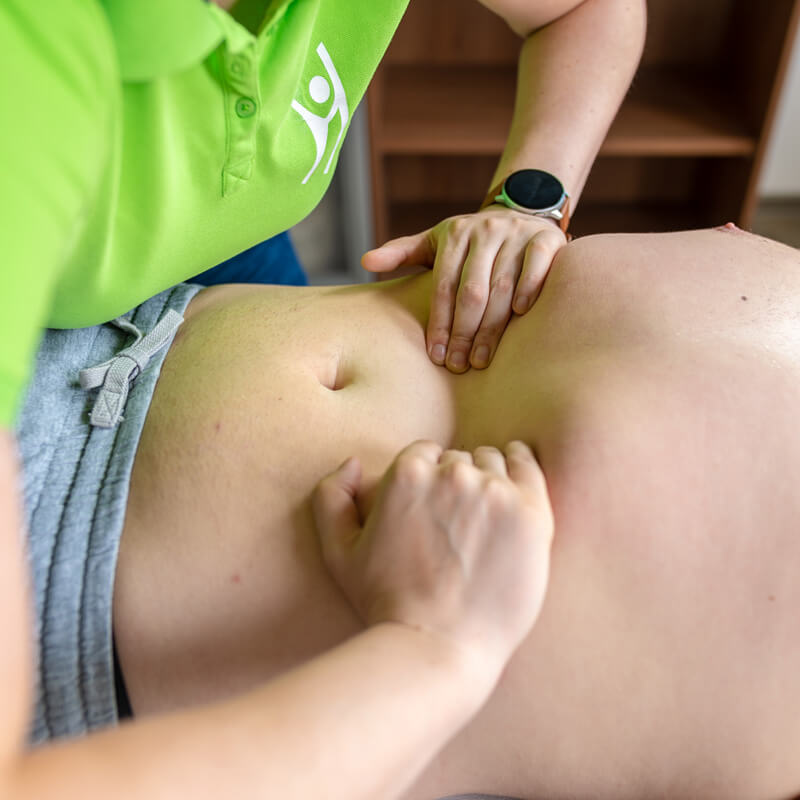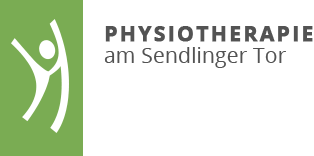Osteopathy Munich:
Use self-healing powers
Osteopathy is a widespread and extremely effective form of therapy. It is not only an independent medical system based on the principles of anatomy, physiology and pathology, but also integrates philosophical approaches.
ø4.8/5 rated by 82 patients on Google
Osteopathy plays a special role in the world of medicine. At the heart of osteopathic treatment is the idea that the human body – in its complexity and interconnectedness – has an inherent ability to regenerate itself and heal ailments. This ability to self-regulate results from the deep connection of all bodily functions that are supplied by our nervous and vascular systems.
Practice for osteopathy
Our specialist practice focuses on osteopathy and physiotherapy. Here we see people in their entirety and not just as a collection of individual parts. Acute problems or chronic complaints are often caused by imbalances in the physical network. The aim of osteopathic treatment is therefore twofold. It’s not just about reducing the obvious symptoms. Rather, it is important for us to recognize the underlying cause and treat it in a targeted manner.

Holistic treatment
Our osteopaths and alternative practitioners use a holistic approach. During the examination, they use their hands as the primary diagnostic tool to detect changes or irregularities in the structure and function of the body. This enables them to apply targeted manual techniques to restore balance in the body.
It is not uncommon for patients to seek osteopathic treatment after other medical approaches have brought little relief. Osteopaths look at the body as a whole, often recognizing connections that might be overlooked in more conventional medical settings.
In the following sections we explain the various sub-areas of osteopathy.


Parietal osteopathy
Parietal osteopathy deals with the fasciae, muscles, joints, bones, ligaments and tendons. In this area, the osteopath treats pathological changes in the muscles and skeleton. Parietal osteopathy treatment is suitable for sports injuries, back pain, spinal disorders, post-treatment of fractures and other operations, shoulder syndrome and arm syndrome, neck tension and joint complaints (athrosis).

Visceral osteopathy
Visceral osteopathy is a special branch of osteopathy. The osteopath focuses on the manual examination and treatment of the internal organs. It focuses in particular on the organs in the abdominal, thoracic and pelvic cavities. It’s not just about the organs themselves, but also about their interactions. These interactions can have an effect on the musculoskeletal system, the nervous system and the extremities, i.e. arms and legs. During a visceral osteopathy treatment, the osteopath will specifically stimulate and mobilize the affected organs. The aim is to correct misalignments and improve the patient’s well-being.

Craniosacral osteopathy
Craniosacral therapy (also known as cranio-sacral therapy or cranio-sacral therapy) is the third area of osteopathy. The decisive factor in craniosacral therapy is the craniosacral rhythm, which spreads throughout the body via the connective tissue in order to create a pulsation of the cerebrospinal fluid (CSF). This can also improve the production of cerebrospinal fluid. As part of the craniosacral treatment at the physiotherapy and osteopathy practice at Sendlinger Tor, the osteopath uses manual techniques with targeted hand movements on the skull, neck, hyoid bone, sacrum, spine, thorax, diaphragm, pelvis and feet. The individual result can be a significant improvement in pain and tension, resulting in optimized mobility. According to the philosophy of osteopathy, craniosacral therapy is a holistic treatment that combines the physical, emotional and psychological levels.
In summary, it can be said that osteopathy is a valuable part of the medical landscape.
Osteopathy enables a holistic view of the body and a manual approach to diagnosis. This enables holistic treatment of complaints and their causes. Our specialist practice for osteopathy and physiotherapy focuses on this approach in order to promote and maintain the patient’s well-being.
In our osteopathy practice in the center of Munich, close to the old town, we want to use all these approaches in therapy to enable you to achieve the best possible regeneration.
